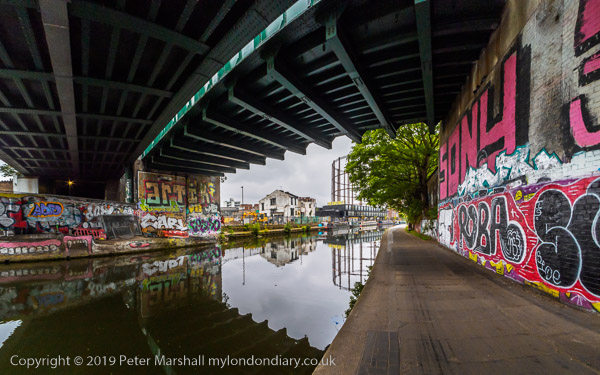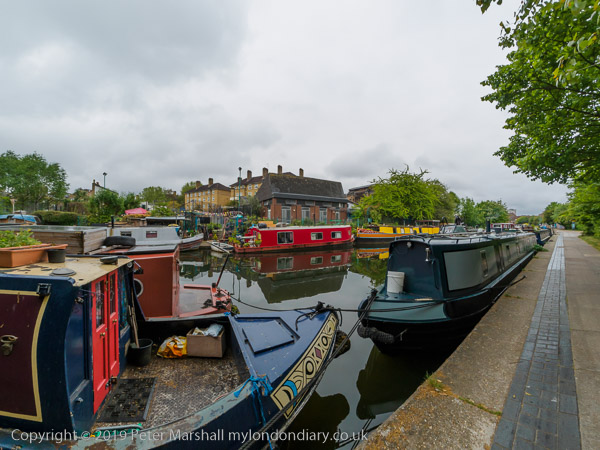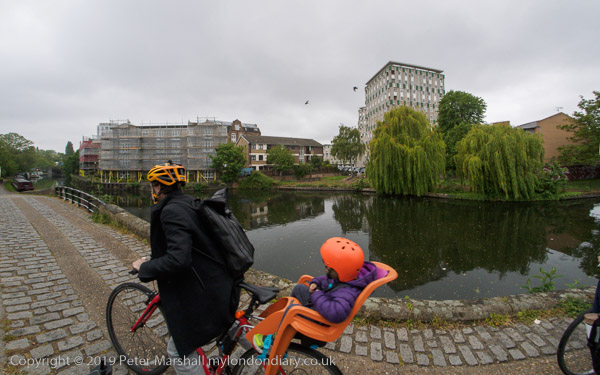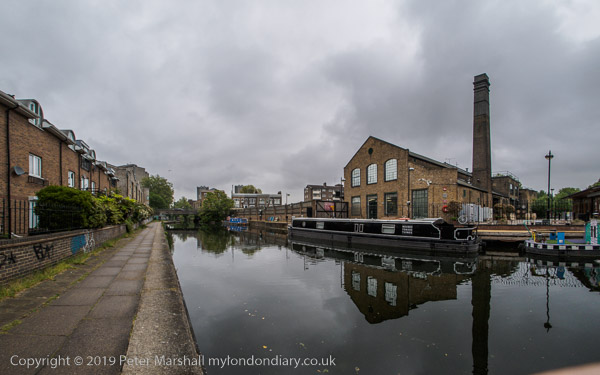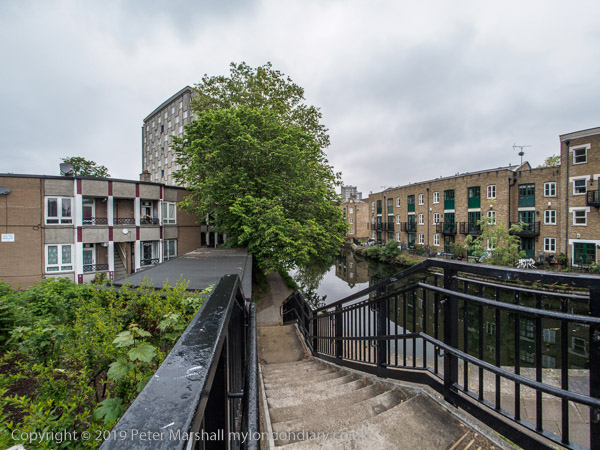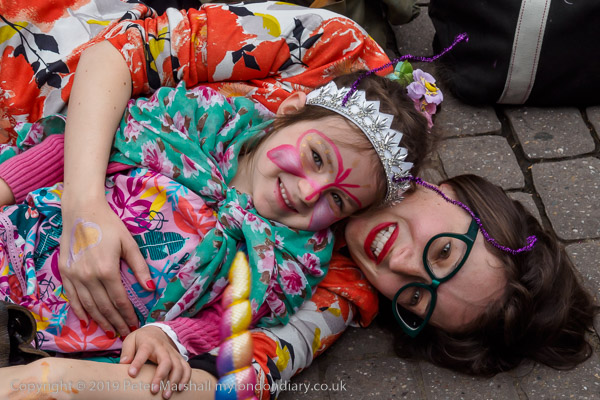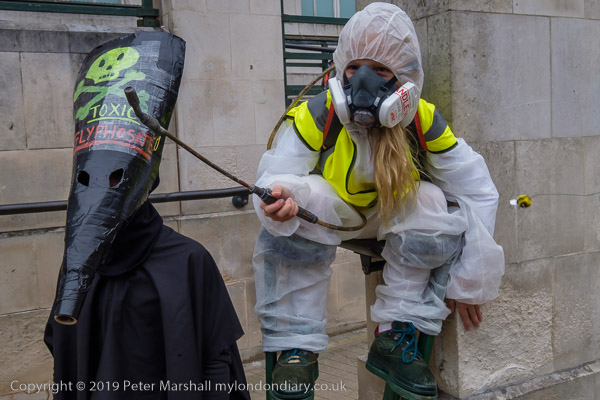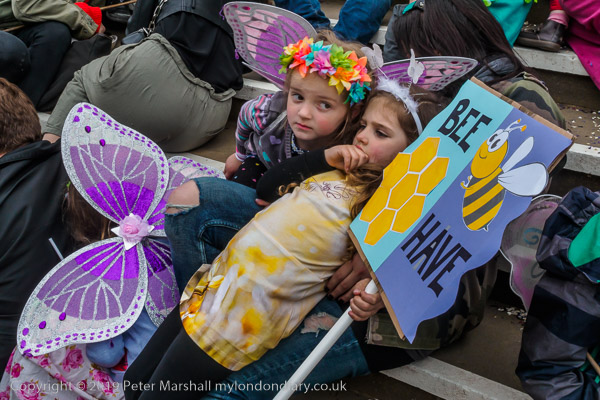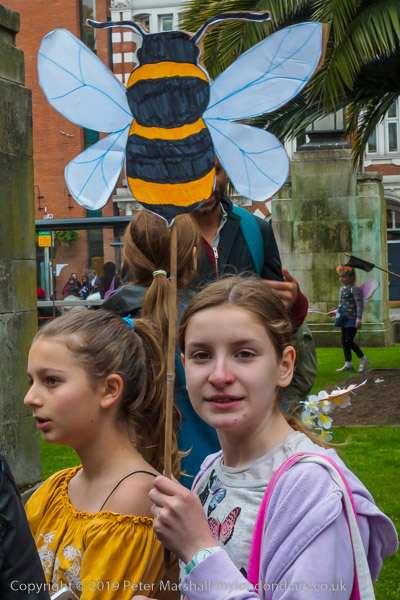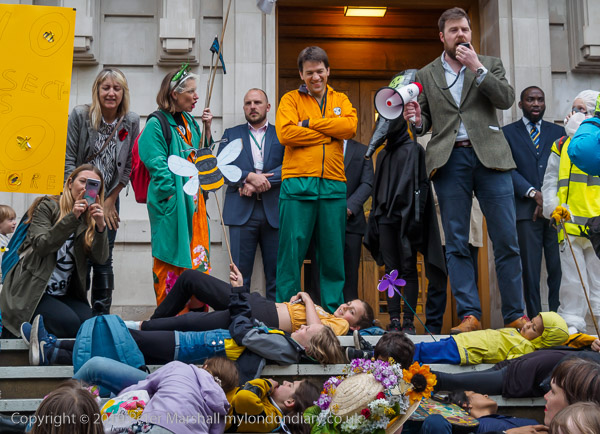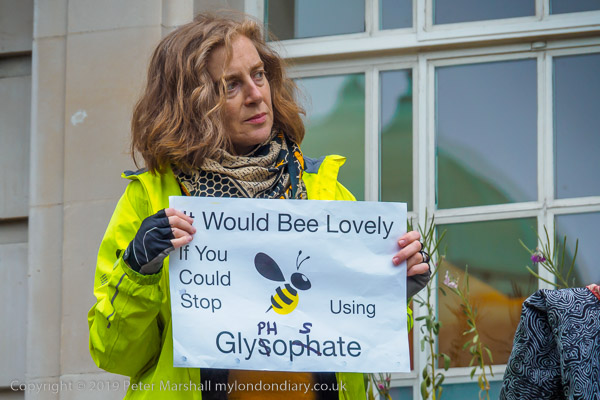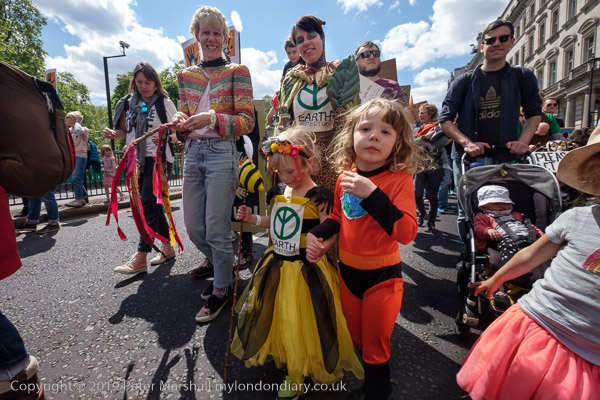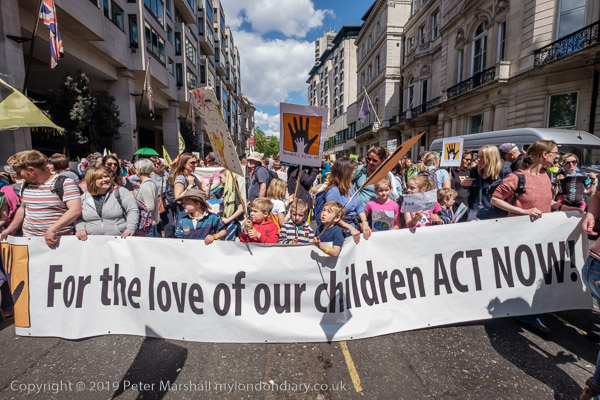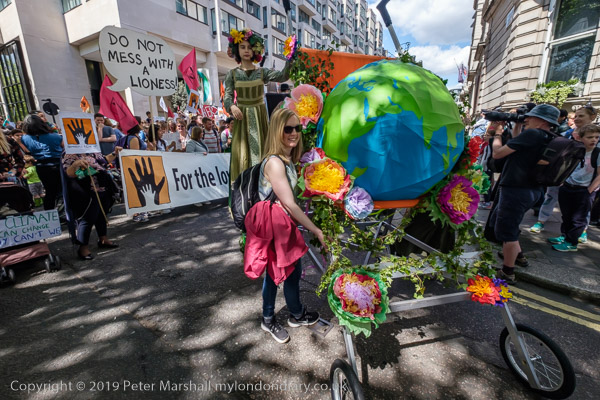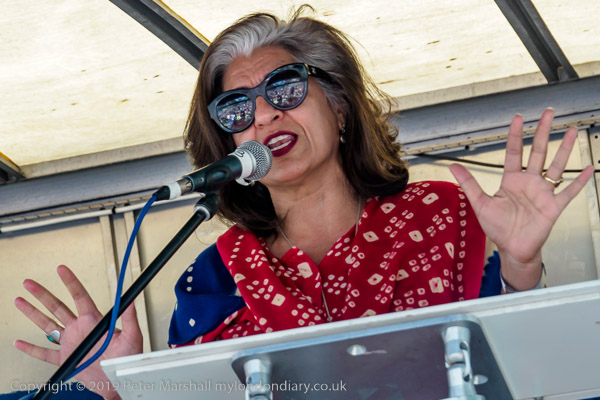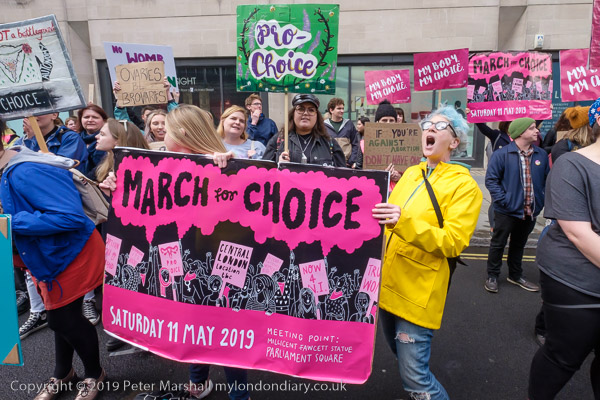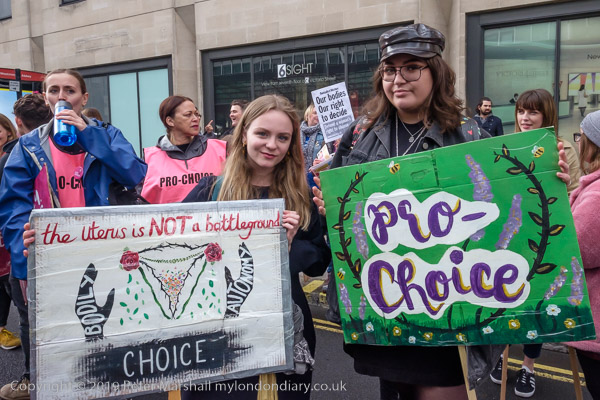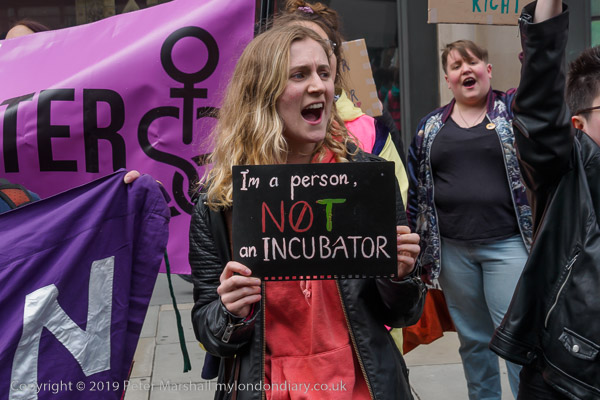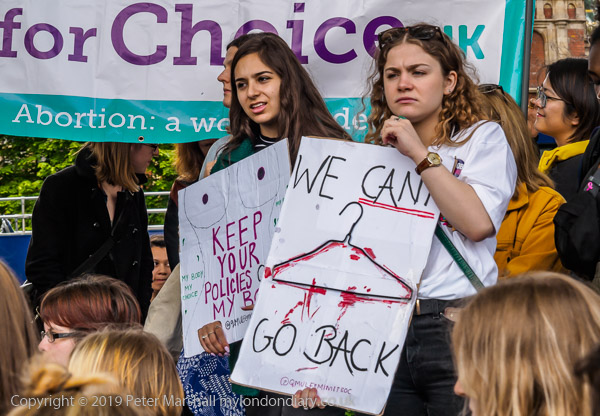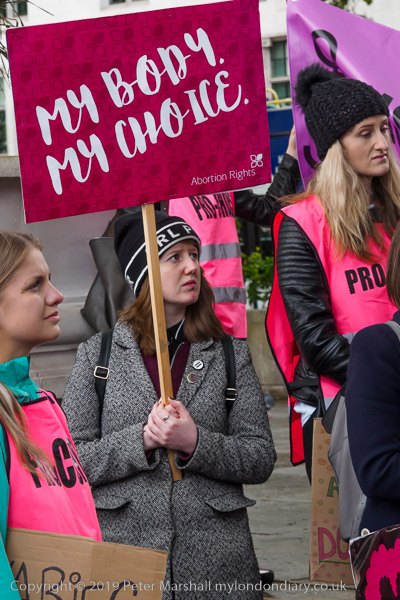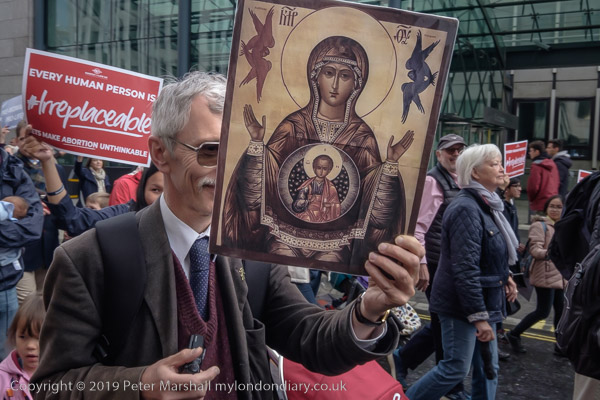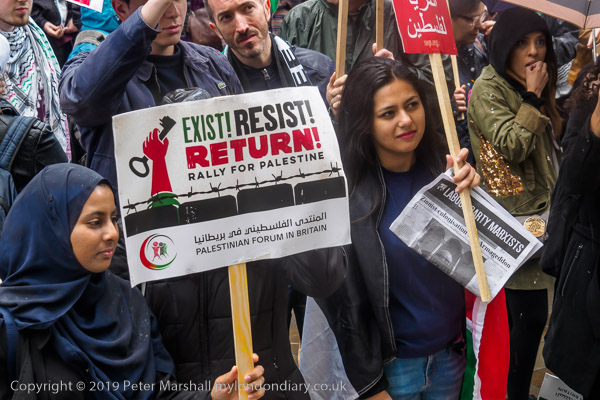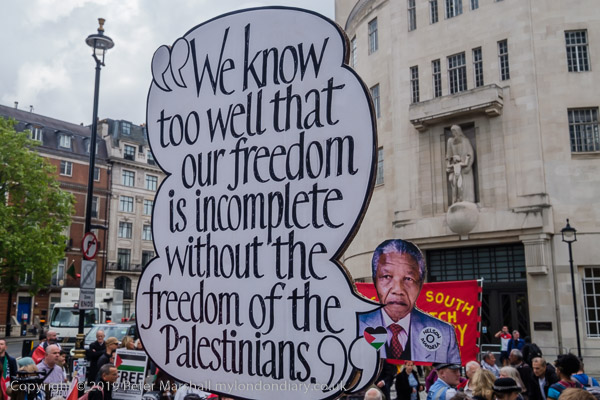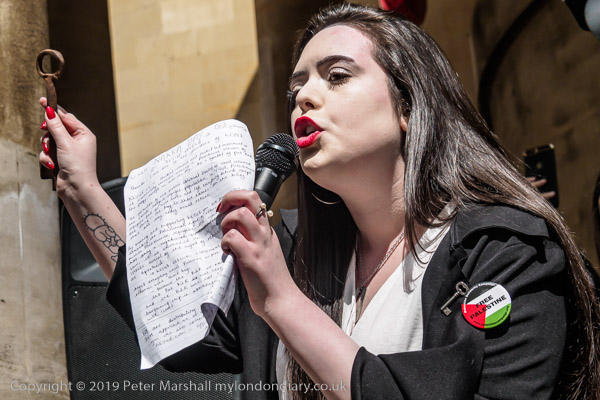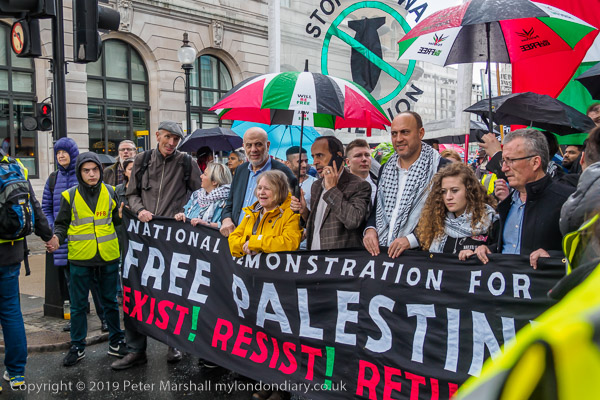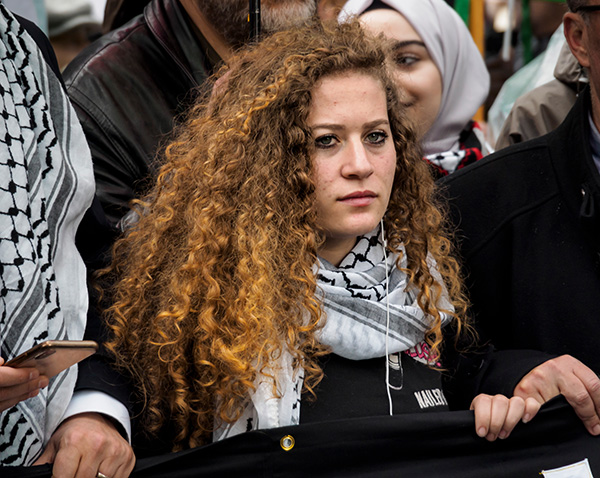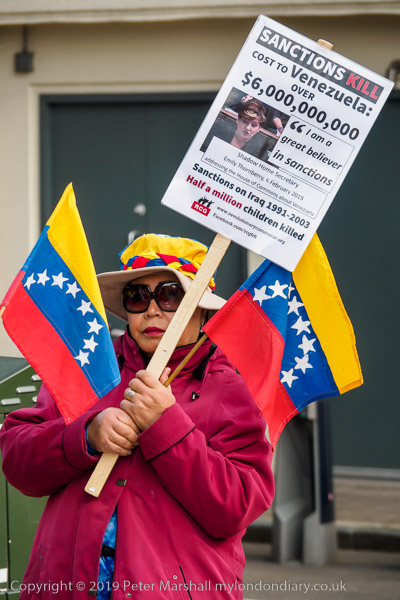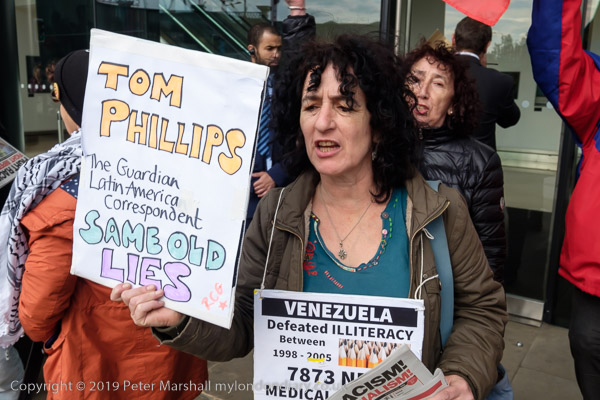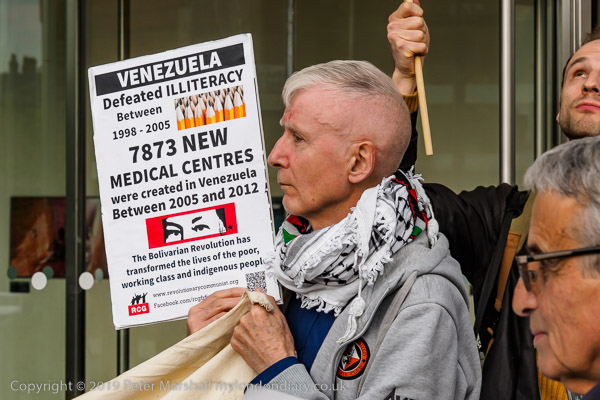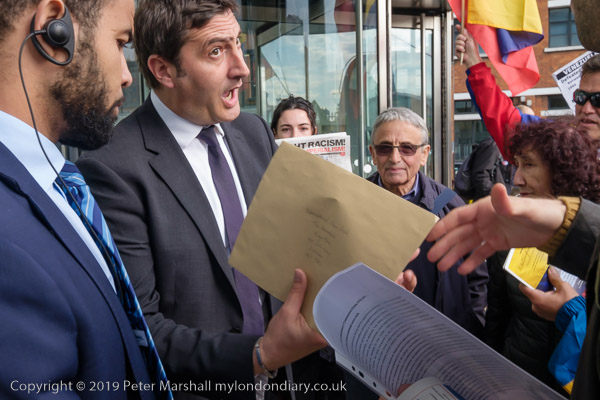Sitting outside a London pub on Saturday, possibly the last real Summer day of the year (I started to write this on the Autumn Equinox), I was enjoying an expensive pint of bitter and talking with a friend, when a group came to the next table including a photographer carrying a Nikon with the kind of lens that gives you a hernia just looking at it. I don’t know which focal length it was, probably a long wide aperture zoom, perhaps the 180 – 400 mm f4, which is around 14 inches long, weights over 7lb 11 oz and costs a mere £10,999, though I think it may have been something even larger. As the woman sitting next to us observed “My, you’ve got a big one!’
I held up my Olympus with the diminutive 18-150mm to show her, saying it did the same job. And at only 285g and a little over 3 inches long it does. It’s just a little bit shorter at the long end (300 equiv) but a lot wider at the short end. All for around a twentieth of the cost. Size does matter, and so far as I’m concerned this is a situation where being small is greatly desireable.
The Nikon may have a slight edge in sharpness (and the Nikon body helps with more pixels) but essentially they do the same job. Though the Nikon will also greatly improve your muscular strength through additional exercise. The Olympus, also an f4 lens at the widest focal length, benefits from 5 stops of stabilisation on the OM body, while the Nikon VR claims 4 stops from VR in the lens.
There are some situations where the larger lens would have a slight advantage. Nikon’s autofocus is a little better, particularly at following rapid action, thought the Olympus isn’t at all bad. That extra stop at the long end could come in useful at times too. I’ve never used the 180-400, which is a relatively recent design for digital cameras, but my tests a month or so ago showed the Olympus performing better than an older and smaller and lighter Nikon lens only around twice its weight and size.
Carrying long and heavy lenses has become something of a status symbol for many photographers, and I suspect that the white bodies of the Canon examples may have influenced some to change over to that marque. They make Canon photographers stand out while the equally excellent but black Nikon optics are less noticeable.
A rather silly article I read the other day (I won’t waste your time with a link) was about using an old film camera to work as a photojournalist. Of course some have never given up using them, particularly a few dedicated Leica users, sticking with essentially 1950s technology.
My Leica M2, built around 1956 is still a nice camera to use and later models of the film cameras really added nothing of substance to the design that wasn’t provided by the nicely engineered third-party accessory wind-on lever and Leica’s own MR4 exposure meter. It was left to others to bring the concept up-to-date, Minolta with the CLE, a more petite version with decent metering, and Konica who produced both the Hexar a fixed 35mm f2 lens camera with autofocus, and the Hexar RF, with excellent metering and auto film wind. Leica only really got back into the act after a few rather disastrous digital introductions, including the M8 for which I can never forgive them.
But back to the article, which suggested that modern photojournalists like to work from a distance because they are frightened of their expensive and fragile modern cameras getting damaged. Firstly I don’t think it is true, and most photographers insure their gear and forget any risk to it. Many of us like working close and with wide-angles that in the days of film would have been considered extreme.
The people who keep moving back are those who have spent fortunes on large heavy long lenses (and chiropractors) and need to justify the expense to themselves. The article was illustrated by some not particularly distinguished protest images, taken from a rather longer distance than I like to work (though you often can’t get as close as I would like) using a standard lens.
Of course the real reasons why most of us no longer use film have to do with cost and deadlines. I’ve been getting e-mails and phone calls from an agency that I file most of my pictures to calling on me to get work in faster as they say I am missing the deadlines, though I usually get pictures in only a few hours after taking them. That isn’t now fast enough – and those who get the pictures in that are usually used by the papers can be seen squatting in corners with a laptop while events are still taking place, often missing much of the events they are covering. A weak image filed within minutes is more likely now to be used than a good picture which arrives an hour or two later – it’s become being first rather than being best which makes the sale.
And standards in some respect have changed. With modern cameras and digital imaging it’s generally easy to get pictures which are sharp and correctly exposed of almost anything, and work which fails on these is likely to be rejected unless it is either showing some very dramatic event – or is being offered for free use. At least one of those accompanying the article might well have died in ‘Quality Control’.
I’ve been using the Olympus OM-D E-M5 Mark II for some months now, and continue to be impressed with it and the few lenses I own. As with all cameras I have some reservations (and wish Olympus had a simpler naming convention.) It’s become my favourite camera to use, one I’ll pick up when going for a walk rather than just when going out to work and the only thing that has stopped me buying a second body is the impending launch of the Mark III. One of the expected improvements this will bring is a slight increase to 20Mp from 16Mp which would be welcome, but unless there are other substantial gains I might still buy another Mark II (and will doubtless be able to get it cheaper.)
